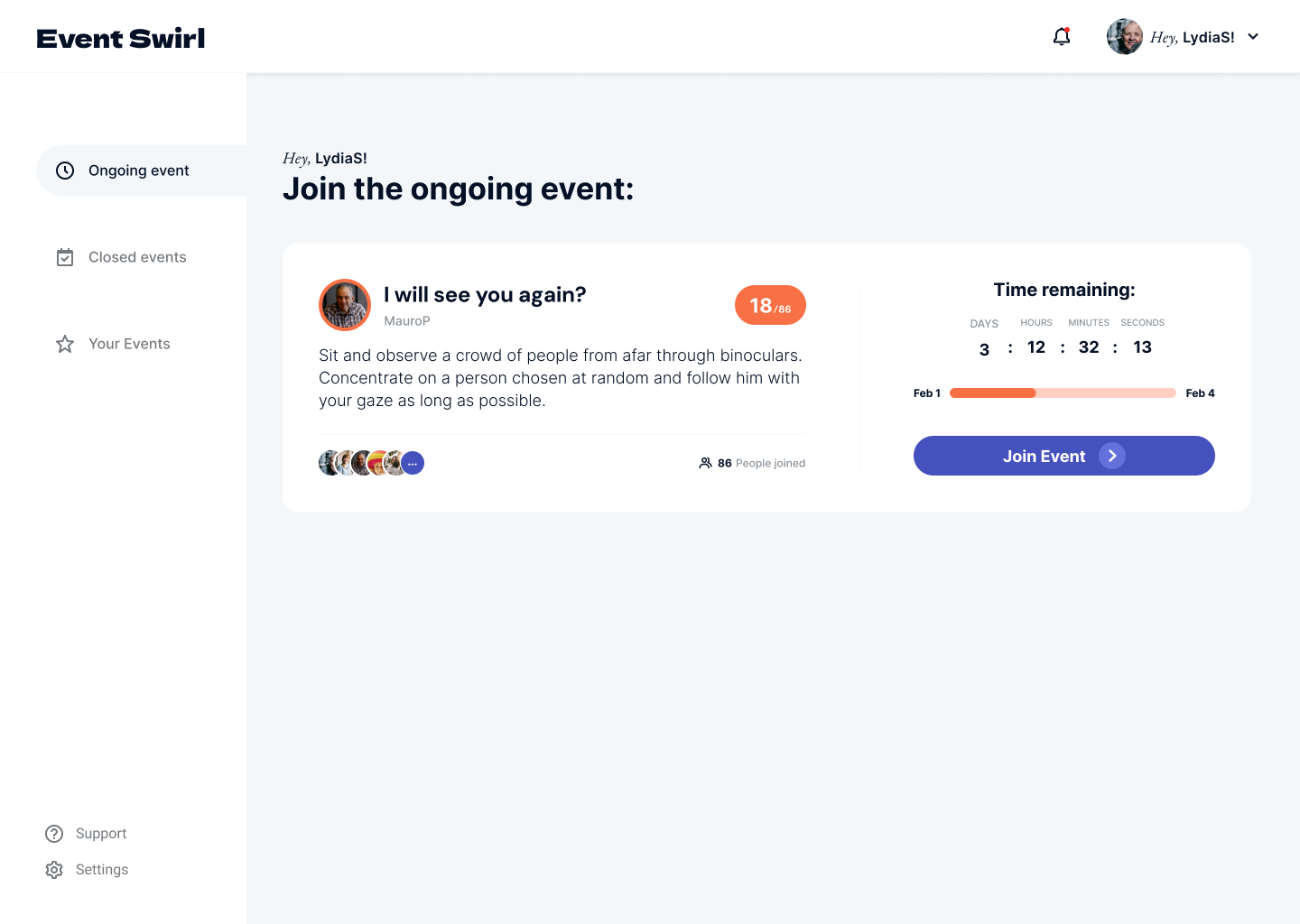Weronika Trojańska
Stan Zanikania
Stany Dźwiękowe
Burden
Reading 26’1.1499
O Wschodzie we Wschodnim
Conductors Ensemble
Ein Schönes Bild
Untitled (Leo Amino)
Close (to) the Sky
I am Sitting in a Room
Conversation Piece
Maciunas Laughter
Perfect Journey
Study for Sturtevant Voice
Personal Archive
NEWS
Event Swirl
www.eventswirl.com
About
Contact
Stan Zanikania
Stany Dźwiękowe
Burden
Reading 26’1.1499
O Wschodzie we Wschodnim
Conductors Ensemble
Ein Schönes Bild
Untitled (Leo Amino)
Close (to) the Sky
I am Sitting in a Room
Conversation Piece
Maciunas Laughter
Perfect Journey
Study for Sturtevant Voice
Personal Archive
NEWS
Event Swirl
www.eventswirl.com
About
Contact



![]()
EVENT SWIRL, 2025
Event Swirl is a game-like communication method inspired by the main principles of Fluxus.
Each participant can take part in the game/event (inspired by the Fluxus event scores) in which
responses can be in a form of images, video, and sound.
www.eventswirl.com
Fluxus begun in 1960s as a network of artists and composers who shared similar attitude towards art.
As a vibrant international community, Fluxus by blurring the division between art and life, tried to push
the boundaries of traditional art forms, and encouraged audiences to reconsider their views on art. Some
of the noble artists connected with Fluxus are: Yoko Ono, Nam June Paik, Dick Higgins, Alison Knowles,
George Brecht, Ben Vautier, Emmett Williams, or Ben Paterson.
Event Swirl uses the mechanisms present in Fluxus art to create a contemporary environment, e.g.
Event Score: the most iconic format of Fluxus work (initiated by George Brecht) was the written
instruction for a performative action (often based or simple gesture or on the contrary, quite abstract,
haiku like one); meant to exist similarly to musical score as a notation that could be perform/done by
anyone repeatedly.
The format of event score is the basic one for the users of ES.
Chance: The aspect of randomness was an important feature of works by Fluxus (its “father” was John
Cage). It allows the artist to break from the routine. The open structure of Fluxus scores recognize
improvisation and chance (which was also achieved by audience participation).
In ES each time a new event score (instruction for action) is written by a randomly chosen person and
it is send over to all people in the network. Participants decide themselves if they want to accept the
challenge or not.
Network: From its very beginning Fluxus was a network of international artists and composers, who
knew each other or where introduced to Fluxus by mutual connections. It is often seems like a pre
internet net.
The users of ES can invite people from their own circle of friends and professional contacts. The app
will become a network of people interested in Flux-like activities. Other characteristics of Fluxus that inspired the ES are: humor, game, collective, performative, anti
institutional, participatory, everydayness.
The project is both a widely available app and an art work. It doesn’t mean to pretend to follow the historical Fluxus movement, it rather uses it as a
mechanism to map the contemporary reality. It can help to understand what Fluxus was for younger users and make people
interested in its historical activities.
How does it work?
https://eventswirl.com/support
︎ Event Swirl - A Manual
Conceived as the result of my research for my PhD at the Eugeniusz Geppert Academy of Fine Arts in Wrocław (supervisors: prof. ASP Tomasz Opania and prof. dr. Hubertus von Amelunxen); and realized with the support of the Minister of Culture and National Heritage Republic of Poland and Eugeniusz Geppert Academy of Fine Arts and Design.


